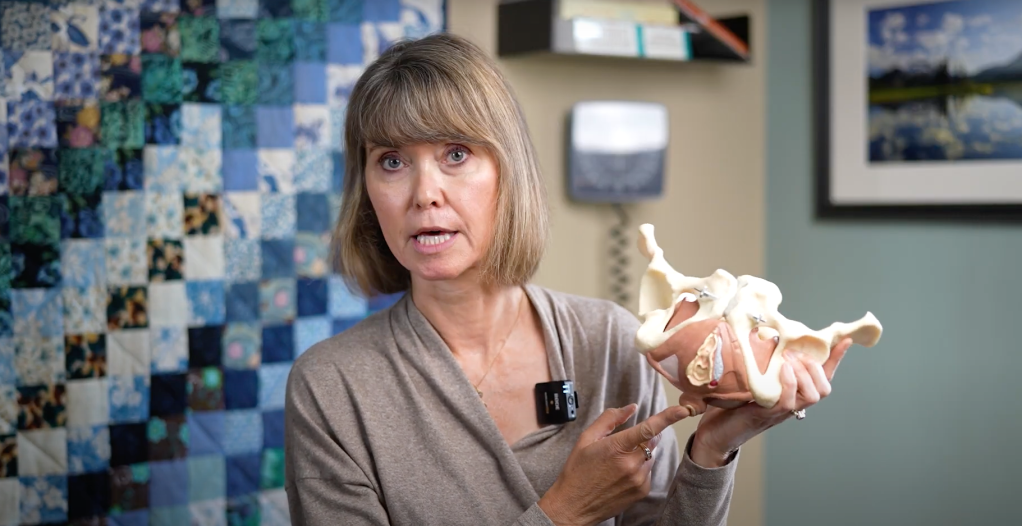Rarely talked about, pelvic floor muscles move to more public awareness
Published 2:00 am Sunday, November 26, 2023

- Physical Therapist Brooke Collins
A common problem not often talked about is becoming more a topic for public discussion thanks to the advent of physical therapy for a group of muscles known as the pelvic floor.
The pelvic floor muscles sit in a bowl-like configuration at the base of the pelvis. They help with control of bladder, bowel and sexual performance muscles.
It can affect anyone at any age, from their teens up to people in their 90s.
Brooke Collins, a physical therapist and expert in the pelvic floor for St. Charles Health Care, brought the practice to Central Oregon about 12 years ago. There are pelvic floor therapists in Redmond, Prineville and Madras.
Some of the key problems that appear when the muscles go awry include leakage of bowel and bladder, problems emptying the bladder and bowels due to tight muscles and decreased awareness, prolapse, or pain while having intercourse.
“The pelvic floor is sort of the keystone of your muscles in the base of your hips,” Collins said. Because it involves sensitive areas, patients may not want to discuss, Collins is careful during initial contact with patients to ensure they are comfortable with the consultation.
“We do an initial screening that may just involve a discussion. An actual physical exam can take a few moments, but totally up to the patient, and we can have a family member in the room if they are more comfortable with that.”
Some of the key problems that appear when the muscles go awry include incontinence, uncontrollable bowel or urinary tracts, urine leakage or pain while having intercourse.
“When you have problems like these, it can affect every aspect of your life. People tend to stay at home, they can’t go out, for fear of leakage,” she said.
The clinic sees also women who have had radiation to their pelvis for specialized treatment.
The clinic sees women who have had radiation on their pelvis. The most common problem is the bladder, or issues with uterus and bowels, or a prolapse.
“It can be distressing. It can become debilitating,” Collins said. “Many of our clients leave saying they had wished they had seen us sooner.”
The clinic sees all genders; for women, it is extremely helpful during pregnancy, delivery and post-partum. For men, it’s helpful after prostate surgery.
Bicycle riders may suffer pelvic floor pain if their bicycle seat doesn’t properly fit.
“A lot of people simply stop exercising, but they don’t have to with the right therapy,” Collins said.
Muscles can be too tight, weak, pelvis out of alignment.
Collins, who attended Pacific University and has a master’s degree in physical therapy, with specialized advance training pelvic floor, said the therapy is established and well researched.
In Europe, it is more commonly discussed. For example, in France, In France, pelvic floor therapy is routinely delivered to a woman after giving birth for up to 10-20 visits. It can prevent issues such as incontinence, bowel, bladder, pain with intercourse, difficulty emptying their bowels or bladder.
“Social media has really helped get the word out. People are understanding it better and advocating for themselves. The field is becoming one that is in greater and greater demand.”
The key takeaway, Collins said, is that research shows that pelvic floor therapy can help with muscle stress and urinary incontinence in 97% of the cases, and has been able to cure issues about 73% of the time.
Initial exam: what to expect
1. First visit is an overall health assessment, where the provider talks about a person’s goals. It is mostly information gathering.
2. The clinic often uses a biofeedback test, hooked up to a computer to monitor the base of their pelvis. The machine is “just listening,” to see when their muscles are contracting and relaxing.
3. The physical therapist will assess a patient’s back, hips, core muscles.
4. If willing, a physical therapist can also do an internal examination.






